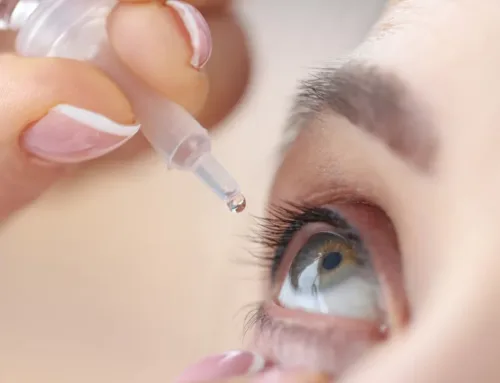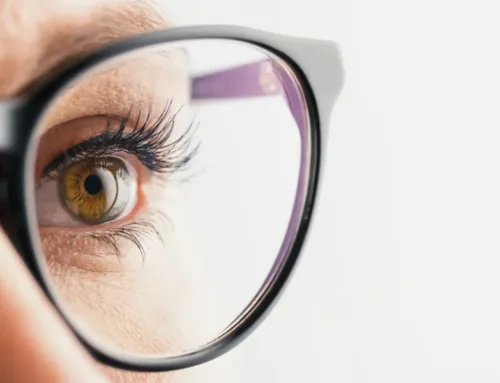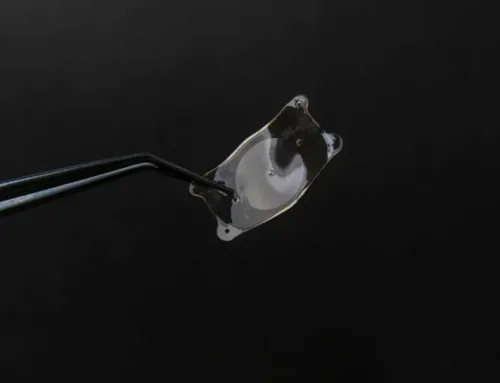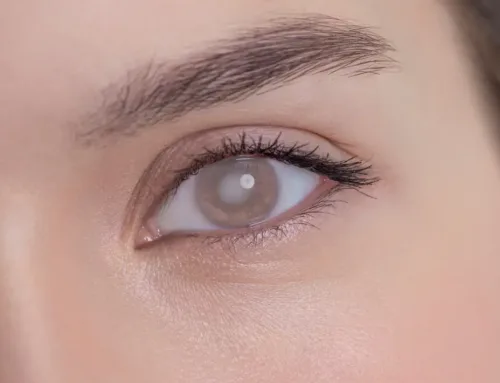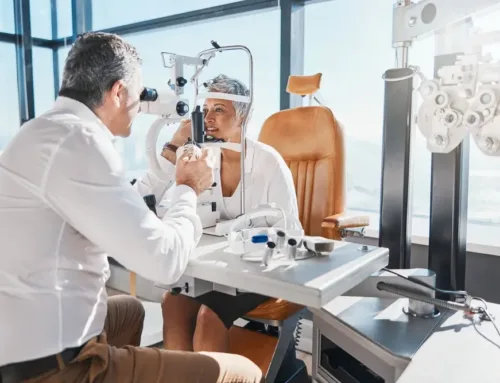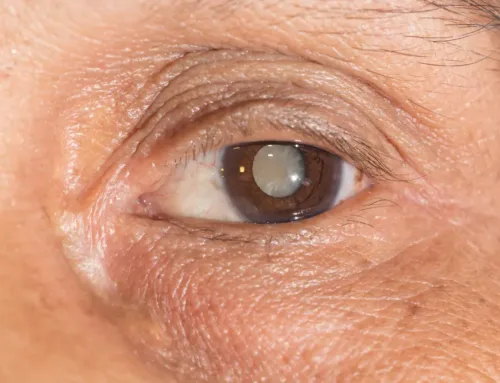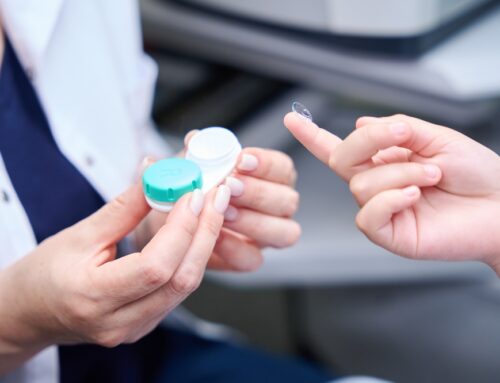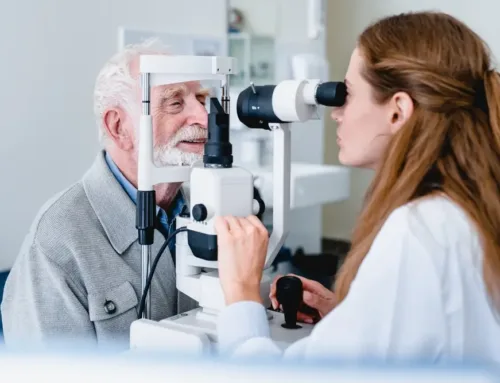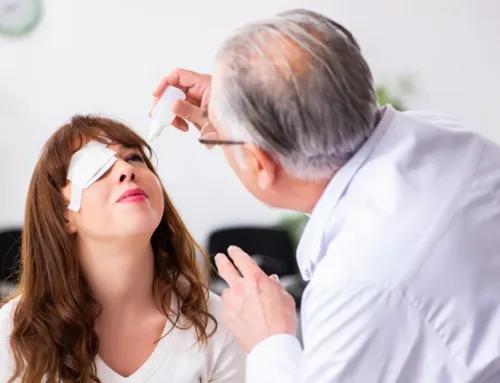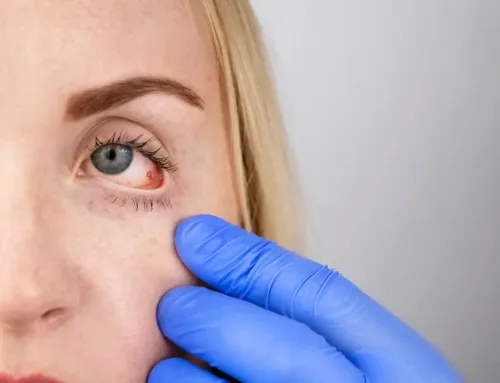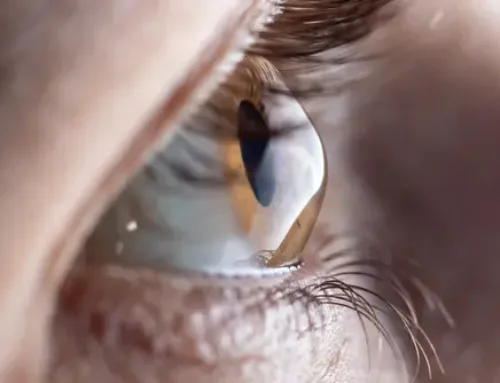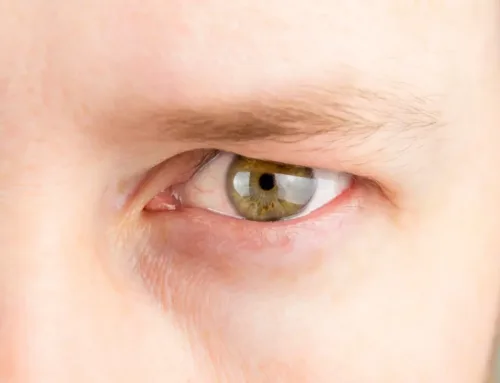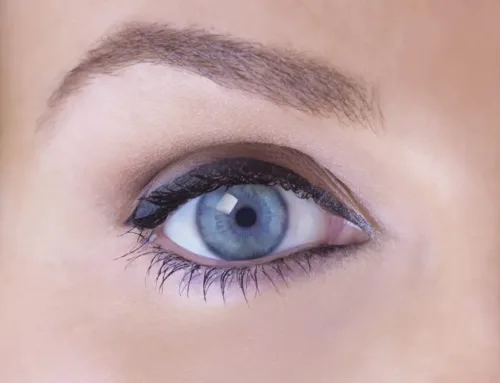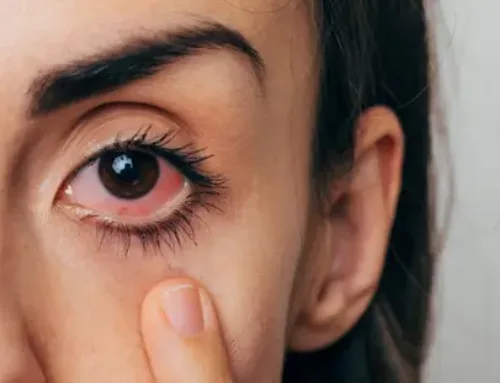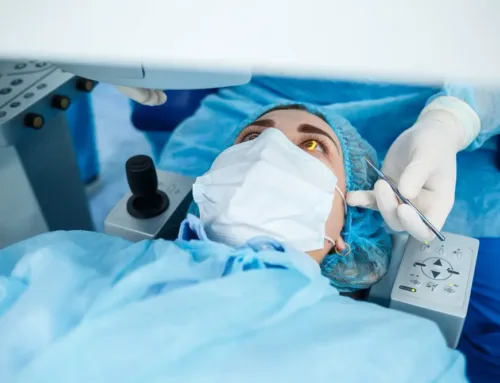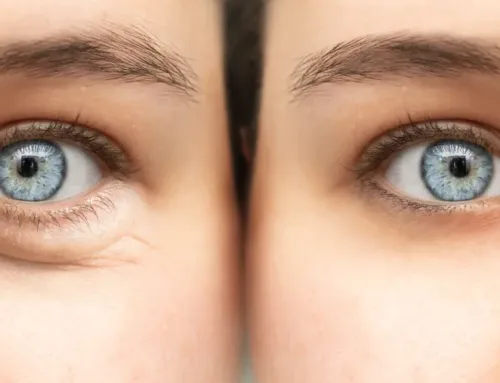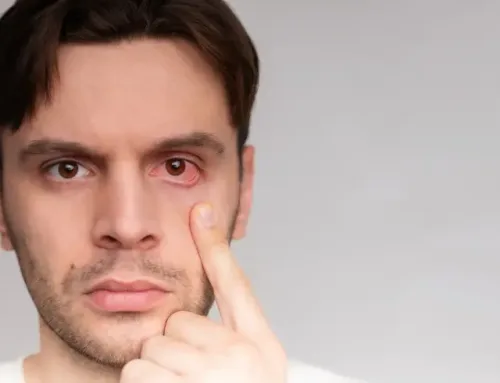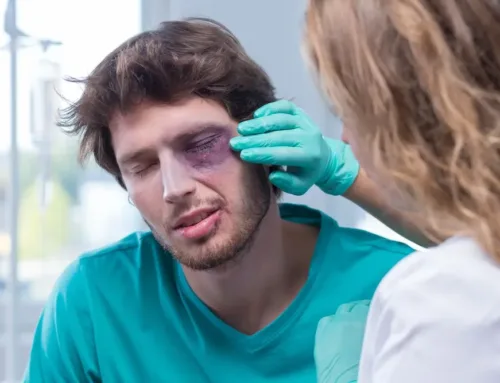Glaucoma is an eye condition that damages the optic nerve. The nerve transmits visual messages from the eyes to the brain, making it essential for good vision. Damage to the optic nerve has a relationship with elevated eye pressure, but glaucoma can occur even with normal pressure.
The condition can affect anyone but is most common among older adults. It is a leading cause of blindness among people over 60. If detected early, it is possible to prevent further vision loss. 
Symptoms Of Glaucoma
Open-angle is the most common type of glaucoma. Patients do not experience early symptoms other than gradual vision loss. Regular eye exams are vital for monitoring changes in vision. Acute-angle closure glaucoma is a type of the disease that is less common but more serious.
Symptoms of the condition include:
- Severe eye pain.
- Redness in the eye.
- Nausea or vomiting.
- Sudden vision disturbances.
- Sudden blurry vision.
- Colored rings around lights.
Main Causes Of Glaucoma
The eye’s back produces a fluid known as aqueous humor. The fluid fills the front part before leaving through the cornea and iris. If the exit channels are partially obstructed or blocked, it can increase eye pressure (intraocular pressure). As the pressure increases, it may lead to optic nerve damage.
As the damage progresses, it can begin to cause vision loss. It is unclear what causes the pressure to increase, but it has been linked to various factors. They include high blood pressure, dilating eye drops, certain medications, and blocked eye drainage.
Types Of Glaucoma
There are different types of glaucoma. They include:
- Angle-closure glaucoma (acute glaucoma).
- Open-angle glaucoma (chronic glaucoma).
- Normal-tension glaucoma.
- Congenital glaucoma.
- Secondary glaucoma.
Risk Of Glaucoma
Some people have a higher risk of developing glaucoma than others. Individuals over 60 and of African ancestry are more likely to develop the disease. Having thin corneas, chronic eye inflammation, and trauma or injury to the eye can increase the risk.
People with a family history of glaucoma and those with diabetes are more likely to get it. Using certain medications for a prolonged period can increase the risk of developing glaucoma.
Treating Glaucoma
The goal of treatment is to reduce eye pressure and prevent additional vision loss. The first treatment option is usually prescription eye drops. The doctor may recommend advanced treatment, including medications and surgery, if the drops fail to work.
If the channels are blocked, the doctor may recommend surgery to create a drainage path or remove tissue. Angle-closure glaucoma is a medical emergency requiring urgent care to reduce eye pressure. A laser peripheral iridotomy may be necessary to reverse the condition.
One cannot prevent glaucoma, but if detected, prompt intervention can help prevent vision loss. Routine checks or annual eye exams are the best way to protect the vision. Knowing your family’s health history is also vital. Wearing eye protection can help protect your eyes from trauma or injuries that can cause glaucoma. It is also essential to use prescribed eye drops as your eye doctor recommends.
For more on the main causes of glaucoma, visit Treasure Coast Eye Specialists at our Port Saint Lucie or Stuart, Florida office. Call 772-400-2400 or 772-286-0007 to schedule an appointment today.


